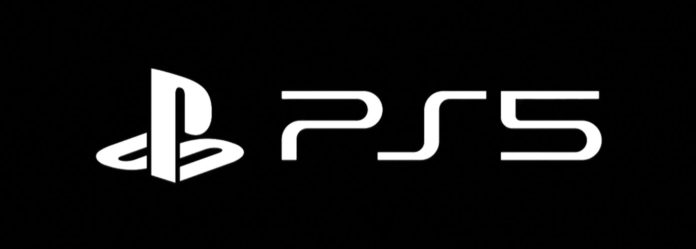Contrary to what you’ve been hearing about the eagerly expected PS5 reveal event. It turned out to be more of a technical conference addressing the potential developers of PS5 games than a full-blown reveal showcasing launch titles and the actual hardware itself. Hence considered a deep disappointment by most.
In light of the news about the cancellation of the GDC conference for the year, 2020 and pressure mounting from Microsoft’s Xbox Series X reveal. Sony could no longer afford to be in the dark with respect to its Next-Gen console.

They had to act fast and they did by so by announcing this event. Inviting both game developers and gamers. Which I think was the biggest misstep by Sony because it insinuated that they were going to do a consumer-focused event which unfortunately wasn’t the case. Although Mark Cerny, the lead system architect of PlayStation 4 did a fantastic job in making the conference laymen friendly
If the gamers eagerly watching the event had even the slightest interest in the tech powering their beloved games. This event would have piqued their interest in the workings of their hardware. As such it was a treat to tech enthusiasts such as myself.

Microsoft lost the race of the 8th generation of consoles to Sony by a significant margin. Microsoft’s woes started all the way back from their initial reveal event at E3 2013 and never managed to recover as Sony’s PS4 pulled ahead quickly.
Having said that, Microsoft and their Xbox division were on their back foot approaching next-gen so they had even more incentive to one-up the next PlayStation by announcing their machine early and lay bare the entire system as they knew they had the superior hardware when it comes to raw numbers.
PS5 Spec Sheet Explained
Both the next-gen consoles run on AMD’s custom Zen 2 CPU and RDNA 2.0 powering the GPU. The Xbox series X having the lead in both departments by having the CPU run at 3.8 GHz compared to PS5’s 3.5 GHz and the GPU crunching 12 Teraflops with 56 CUs vs the PS5’s 10.3 TF using the 36 CUs.
Although from the looks of it, both the numbers provided by Sony seem to be the best-case scenario meaning both the CPU and GPU could clock lower likely using AMD’s new SmartShift technology.
Sony has a different approach to next-gen where the TDP has been fixed and power given to drive the frequency of CPU and the GPU is determined by the load on each and shared accordingly.

The Potential Game-changer
The most interesting part of the entire conference which not many have picked up was the ‘Tempest Audio Engine’ which is basically an AMD compute unit(CU) without any cache. Made in collaboration with Sony themselves which is the dedicated hardware for handling the 3D audio for their next-gen machine. And I believe it is revolutionary and could be the differentiating feature between both the next-gen systems.

Sony was able to grasp the importance of audio for an immersive experience as they have already dipped their toes in the world of VR with PSVR. And hence know how crucial the audio aspect of videogames is to sell the illusion of total immersion into the game world.

Coupled with the fact that Microsoft hasn’t delved into the VR space yet(at least in their console market), it might blow up in their faces when they aren’t well equipped to deal with the 3D audio which is where PlayStation might have just scored a slam dunk. It seemed like a dream for audiophiles to be able to finally see a videogame company taking audio seriously.
Sony’s Brave Move
Sony took a brave decision in placing its Tempest Audio technology at the forefront. As it’s often difficult to market something that can’t be shown to the general audience over the internet. Just like how high framerate gaming is difficult to show off when the majority of us only have 60Hz displays. Many attribute as the cause for high framerate gaming not catching up as quickly as it should have and the same can be said about VR too.
Although Mark Cerny might have opened the floodgates for a barrage of memes related to sending pictures of one’s ears. I would say it is well worth paying that price to educate the masses about the Head-Related Transfer Function (HRTF).

And how HRTF helped them achieve close to if not perfect immersion into the game world. He also stated that they will be providing 8 HRTF presets at launch which would work on most people and would like to improve it further. Improvements can be made by using AI on the pictures and videos of the consumer’s ear profile and head.
This is definitely promising technology and anyone who has accidentally or intentionally watched a horror movie without sound could vouch how much sound is paramount in digital media.


